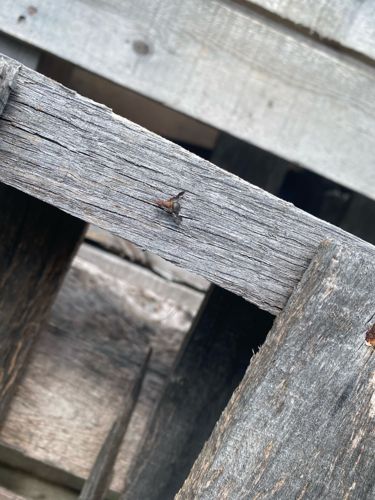Globular Spider Beetle
Scientific Name: Gibbium aequinoctiale
Order & Family: Coleoptera, Ptinidae
Size: 2.0 - 3.5 mm long

Natural Habitat
Found in human structures, especially dwellings, storage facilities, museums, and food processing plants. They thrive in unhygienic conditions and can infest pantries, attics, wall voids, and other undisturbed areas where food debris or old animal matter is present.
Diet & Feeding
Omnivorous scavengers. They feed on a wide variety of dried plant and animal products, including grains, seeds, dried fruits, flour, spices, pet food, wool, and even museum specimens. They are particularly drawn to food items with high protein content.
Behavior Patterns
Spider beetles are typically nocturnal and prefer dark, secluded places. They are often found in pantries, warehouses, and old buildings where they can find suitable food sources. They are known for playing dead when disturbed, curling up into a ball. Females lay eggs near food sources, and the larvae are the most damaging stage, tunneling into products.
Risks & Benefits
Risks: Primarily a pest of stored products, causing contamination and damage to food items and other organic materials. They can be difficult to eradicate once established. They do not bite or sting humans and are not known to transmit diseases. Benefits: None significant to humans in their pest capacity; in natural environments, they contribute to decomposition.
Identified on: 8/15/2025